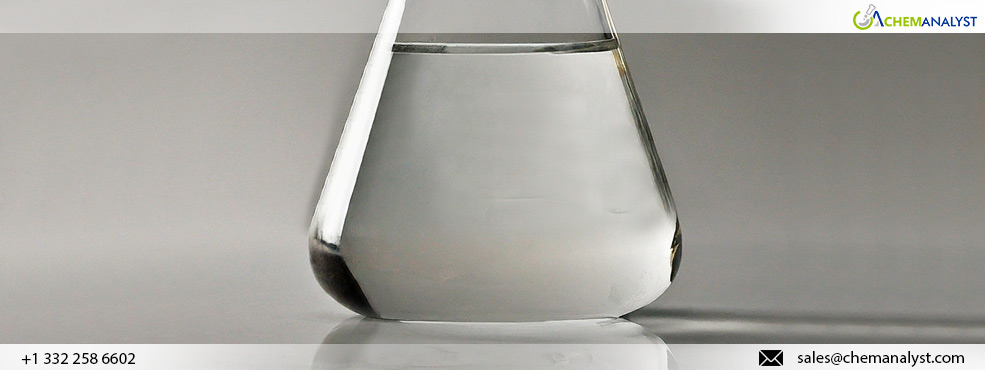China’s MEA Triazine Prices Rise in July, Driven by Increased Refinery Operations
- 06-Aug-2024 5:29 PM
- Journalist: Jacob Kutchner
In July 2024, China's MEA Triazine market witnessed a notable 3% increase due to improving demand conditions. Crude throughput in China, which had plummeted to a six-month low in June due to refinery maintenance, is set to rebound in July and August. However, despite this recovery, throughput remains below last year's levels, reflecting ongoing weak domestic demand for MEA Triazine.
China's total refining capacity for July reached 10.23 million barrels per day (b/d) with an 83% utilization rate. This figure is lower than the 10.41 million b/d needed to operate at 85.6% capacity a year ago, putting pressure on MEA Triazine inventories. Independent refineries in Shandong, which serve as a barometer for China's oil demand, continue to operate outside the influence of state-owned refineries, providing a clearer picture of market dynamics for MEA Triazine.
The uptick in July's throughput is attributed more to the resumption of operations post-maintenance rather than a genuine improvement in demand for MEA Triazine. August is expected to see further increases as major refineries like Dushanzi Petrochemical, Qilu Petrochemical, Maoming Petrochemical, and Dalian Wepec come back online. However, this rebound is tempered by a combined 420,000 b/d of refining capacity from PetroChina and Sinopec going offline for scheduled maintenance in August, which may prove detrimental to the demand for MEA Triazine.
Overall, increased utilization rates among both private and state-owned refineries have positively impacted MEA Triazine demand. A report of 26 Sinopec refineries, 22 PetroChina refineries, CNOOC's Huizhou Petrochemical, and Sinochem's Quanzhou Petrochemical — collectively with a capacity of 10.8 million b/d — indicated plans to process 8.6 million b/d of crude in July.
PetroChina's run rates remained stable at around 74.3% in July, slightly up from 74.2% in June, despite maintenance at Ningxia Petrochemical. Conversely, Sinopec's utilization rate rose to approximately 81.9% in July from a 22-month low of 78.9% in June. CNOOC's Huizhou Petrochemical and Sinochem's Quanzhou Petrochemical operated at higher rates, at 102% and 94% respectively which may contribute to the demand for MEA Triazine
Private refineries exhibited relatively higher utilization rates. Hengli Petrochemical (Dalian) increased its capacity use to 98% in July from 71% in June after completing maintenance, while ZPC raised its run rate to 108% from 105%. Shenghong Petrochemical scaled back slightly to 103% from 106%.
In Shandong province, smaller independent refineries also observed a marginal increase in utilization to 53.1% by July 24, up from June's 52%, which further added to the demand for MEA Triazine in China.



